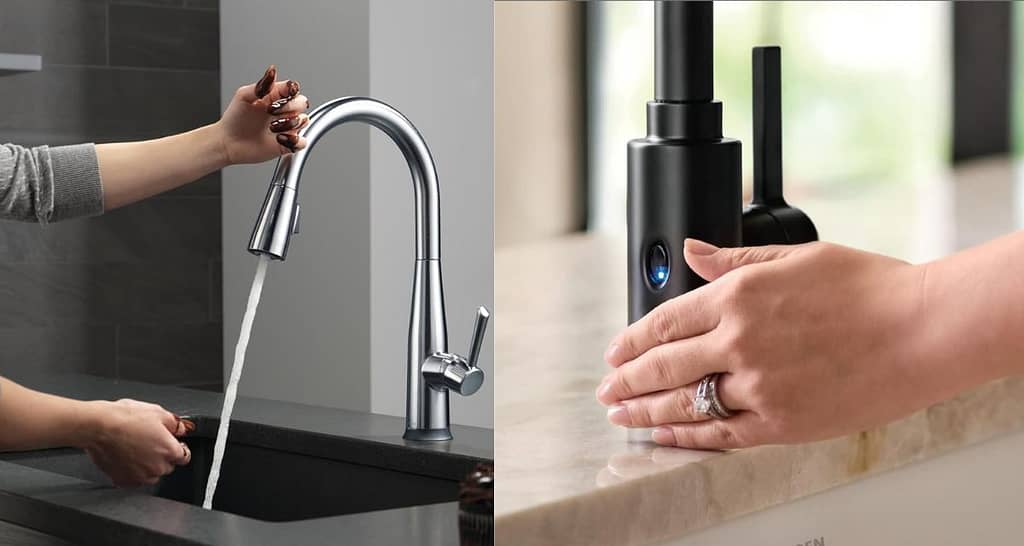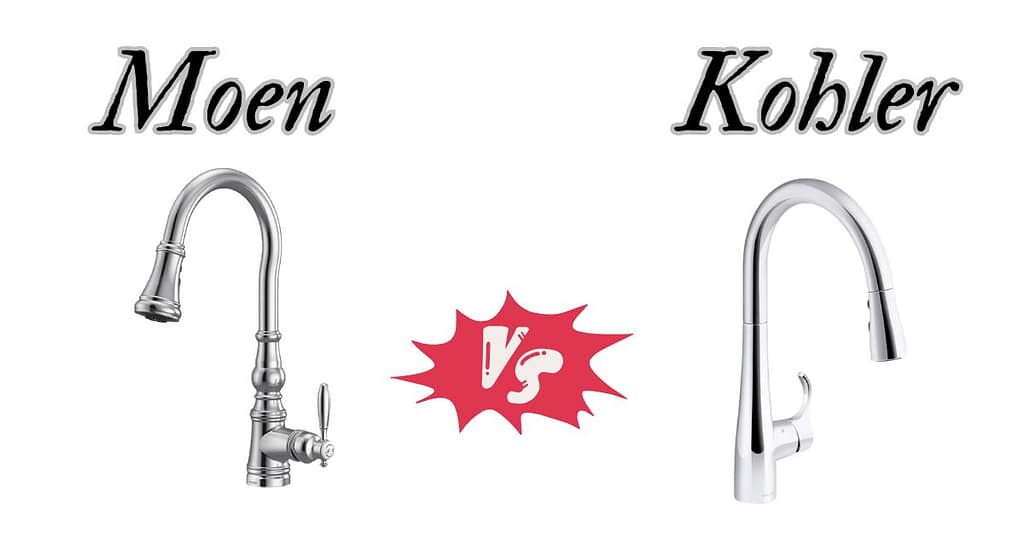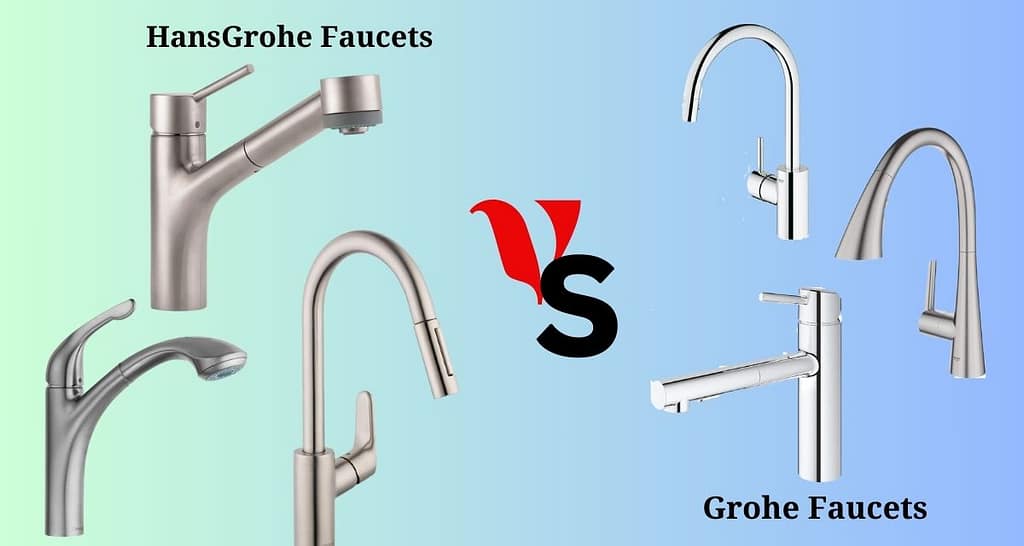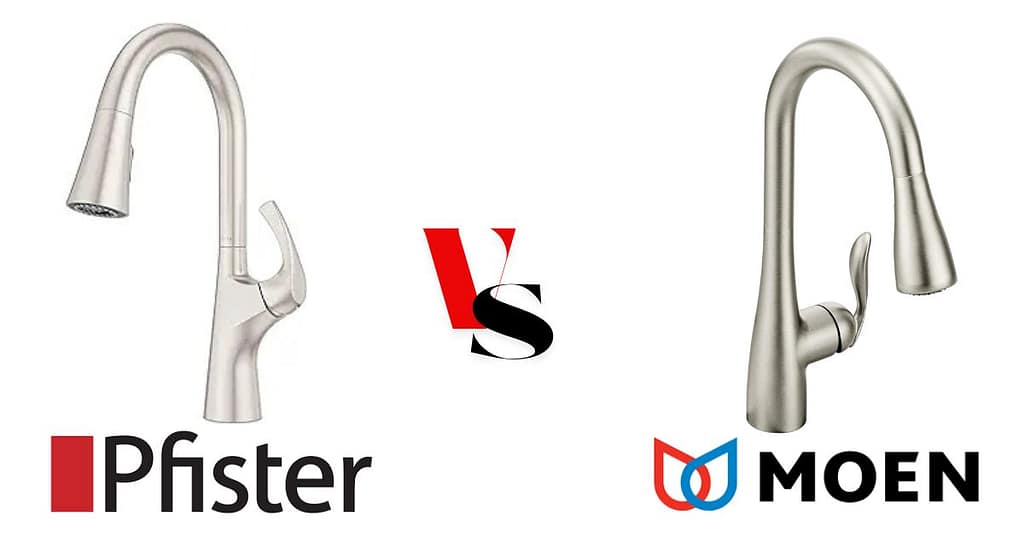Every homeowner dreads the moment when they turn on the kitchen faucet only to be greeted by a steady drip or leak. A leaky faucet is more than just an annoyance – it’s also a waste of both water and money. When this inevitable plumbing problem arises, you’re left with an important decision to make: is it better to repair the old leaky faucet, or invest in an entirely new fixture?
With the variety of options available and numerous factors to consider, determining the best course of action can feel overwhelming. Do you take the more affordable short-term approach of fixing the issue, or opt for the higher upfront cost but potentially greater long-term savings of replacement? Beyond financials, other practical concerns like functionality and sustainability must be weighed.
In this blog post, we’ll try to know the aspects of this common plumbing issue to help you make an informed choice. We’ll also look at costs of repair versus replacement, functionality and aesthetics, and environmental impact. By assessing the pros and cons of each option based on your specific faucet’s condition, household needs, and budget, you can feel confident about the path that is right for your home. Read on to gain a balanced perspective on this tricky either-or decision.
Fix Old Leaking Faucet vs. Buy New Faucet
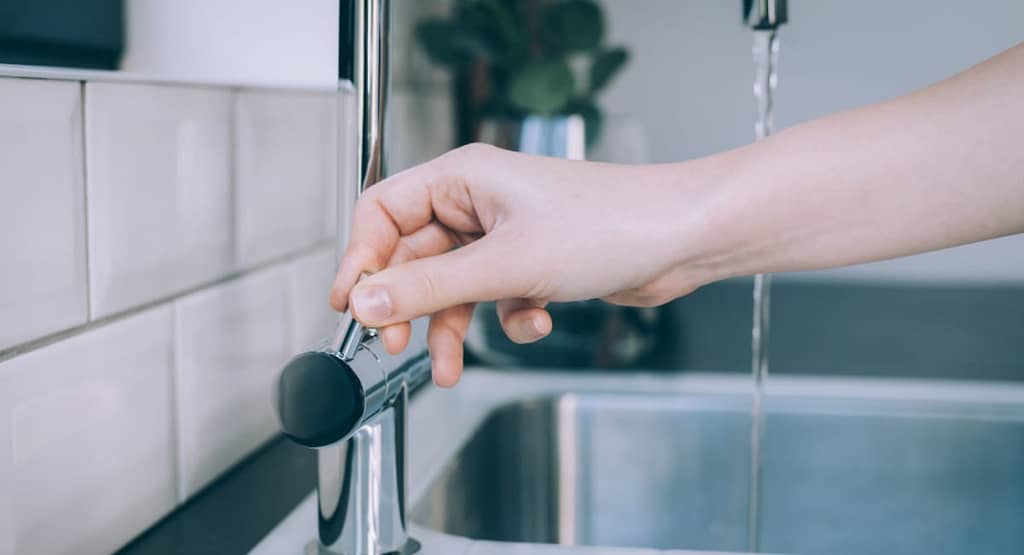
Assessing the Condition:
When assessing a leaky faucet, carefully inspect it to locate the source of the leak and determine the extent of the issue. Pay attention to rubber components like washers and gaskets that typically wear out first.
Consider the faucet’s age – newer models that need minor fixes like washed replacement may only cost a small fraction of a whole new fixture. Reusing fixtures is more sustainable and cost-effective when possible. With some basic skills and affordable parts, many faucets can live longer rather than being prematurely discarded. Proper diagnosis helps decide the best strategy.
Check how to fix double handle leaky faucet.
Cost Considerations:
For older faucets that have developed issues like leaks, making repairs may only provide a temporary solution before additional problems arise down the road. Therefore, necessitates repeat trips to the hardware store to purchase replacement parts which can add up over time. However, many fixtures are built to last decades with routine maintenance like replacing washers and o-rings as needed. For faucets that are still in good condition outside of the current leak issue, potential future repair costs remain unknown, and simple DIY fixes may extend the life considerably.
Efficient new faucets that feature water-saving technologies have the potential to save on utility bills in the long run through lower water usage, which can help offset the higher initial price tag over time depending on the efficiency gains. However, repair materials for existing fixtures are very affordable, allowing them to be kept in use longer which extends the functional life of resources already extracted and manufactured to produce the fixture, minimizing waste.
New faucet warranties offer the security of coverage for any problems that arise within the warranty period. However, issues may surface once the warranty expires that then require paying out of pocket for repairs. Gaining basic plumbing skills through repairing existing fixtures allows for self-reliance without depending on warranty timelines and control over long-term maintenance and repair costs.
Environmental Impact:
When it comes to plumbing decisions, many homeowners don’t think about the environmental consequences. However, assessing the ecological impact is important for sustainable choices. Whether repairing or replacing a leaky faucet, the effects on our planet should factor into the decision.
Repairing fixtures extends their usable lifespan, keeping resources in circulation longer. Our existing faucets contain metals, plastics, and other materials extracted using energy-intensive processes. Landfills impact the environment when we discard items prematurely instead of repairing them. By fixing minor issues, we minimize waste generation and reduce the need for new production.
However, older faucets tend to be less water-efficient. The average pre-1990 faucet uses 4 gallons per minute or more. Updating to a WaterSense labeled model that only uses 1.5 gallons per minute saves significant amounts of potable water over the fixture’s lifetime. In water-stressed areas especially, this conservation matters greatly.
Newer designs also employ more sustainable materials. Many feature recycled metal or plastic components. And their efficiency prevents energy usage associated with water heating and treatment. Over 10-20 years, the water and energy savings offset any increased embodied impacts from manufacturing.
The environmental choice depends on the specific situation. Fixtures near the end of life should be replaced. But for repairable ones, a small investment extends longevity. Either way, considering ecological footprints leads to more informed, planet-friendly choices. By weighing repair costs and potential water/energy savings, homeowners can determine the greener option.
Functionality and Aesthetics:
When it’s time for plumbing decisions, functionality and aesthetics matter too. Updating an outdated fixture can both beautify your space and improve your water experience. But repairing is often the smarter choice when possible.
Many older faucets lack features we now take for granted, like pull-down sprayers for filling pots easily. Touch-free sensors prevent germ transmission in bathrooms. Built-in filters remove contaminants for safe, great-tasting water. Such conveniences enhance daily use.
However, not all issues require full replacement. Replacing worn cartridges or washers improves performance at a low cost. And some simple upgrades suffice – install a spray nozzle or attach filter systems without replacing the whole faucet.
Looks also influence choices. Outdated styles may clash in a modernized room. But cosmetic changes like new handles or finishes often refresh appearance affordably. And mismatched fixtures devalue homes less than complete remodels.
Functionality and aesthetics matter. But consider repairing first whenever feasible. Minor fixes or targeted upgrades usually meet modern needs without waste. And resale value takes a smaller hit than replacing perfectly good fixtures prematurely.
Our Verdict
When faced with the decision to fix an old leaking faucet or buy a new one, it’s essential to weigh the costs, sustainability, functionality, and aesthetics. While repairing a faucet may seem like the more economical choice initially, investing in a new, water-efficient faucet can lead to long-term savings and environmental benefits.
Ultimately, the decision should be based on the condition of the existing faucet, your budget, and your priorities regarding sustainability and functionality. By carefully considering these factors, you can make an informed choice that best suits your needs and preferences.


